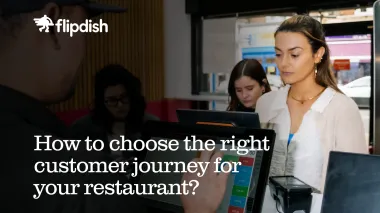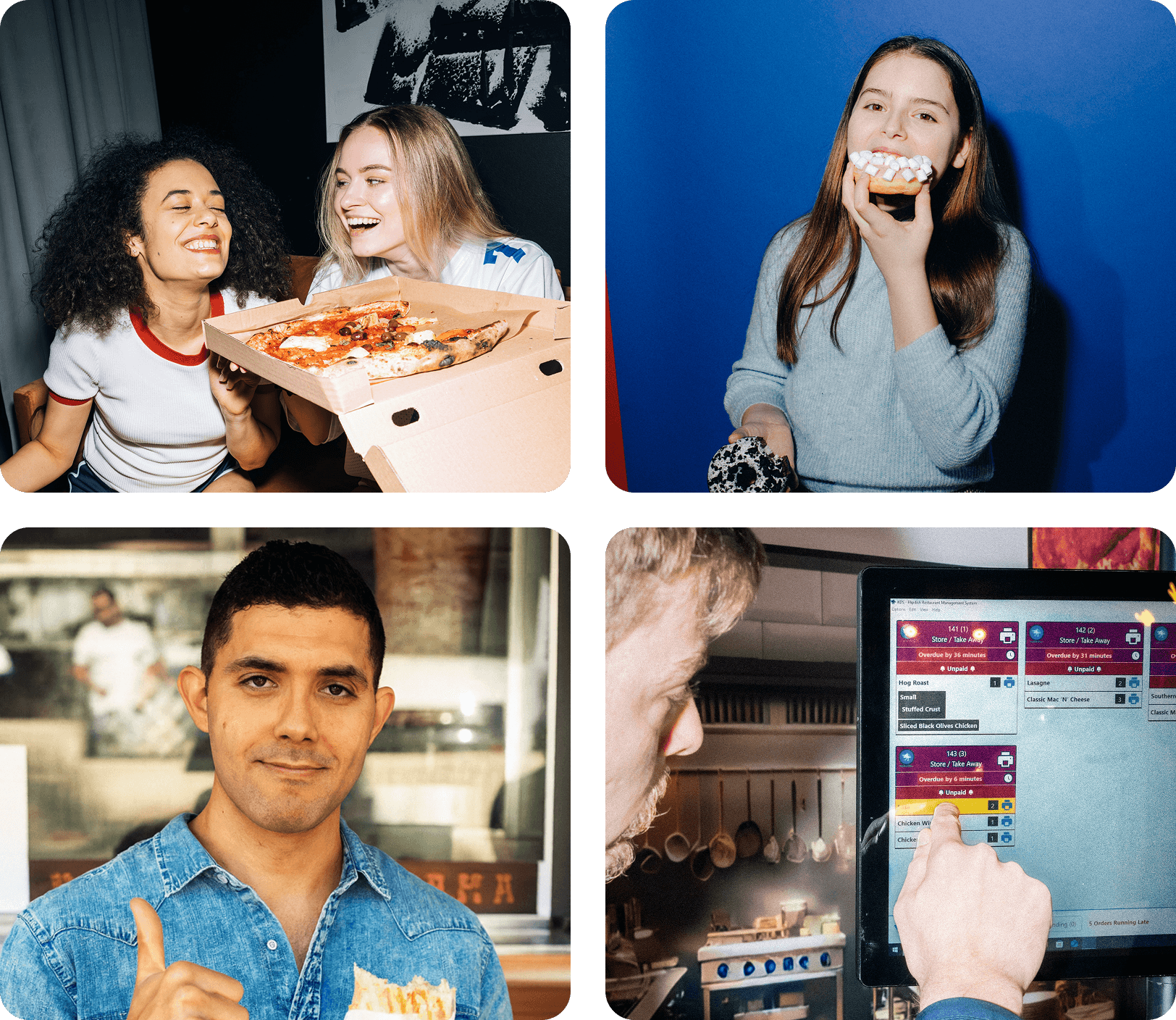How to Choose the Right Customer Journey for your Restaurant?
Choosing the right customer journey for your restaurant means aligning service models with diner expectations and operational needs. Whether it's personalised table service, efficient counter ordering, or self-serve kiosks and QR code payments, each model suits different restaurant types and audiences. Hybrid approaches are gaining popularity across the UK and Ireland, offering flexibility, increased order value, and improved customer satisfaction. The key is matching your journey to your restaurant’s concept, customer behaviour, and goals for efficiency and growth.

Table of Contents
- Understanding Your Restaurant’s Identity
- Evaluating Table Service
- The Rise of Self-Serve Kiosks
- Counter Service: Efficiency Meets Interaction
- Online Ordering for Takeaways
- QR Code Ordering and Payment
- Combining Multiple Service Models
Choosing the Best Customer Journey for your Restaurant
Understanding Your Restaurant’s Identity
The first step in designing your customer journey is understanding your brand and target audience. Are you a high-end establishment where diners expect table service? Or do you cater to a fast-paced crowd that values quick and efficient service?
Andrew Crook, President of the National Federation of Fish Friers, says: "Understanding your customer demographic is crucial. If you’re serving younger customers, they’re more likely to appreciate the convenience of self-serve kiosks or online ordering systems. For older patrons, personalised table service might still hold the most appeal."
Evaluating Table Service
Table service remains a hallmark of traditional dining. It offers a personal touch, allowing staff to build relationships with customers and upsell items. This model works particularly well for fine dining and casual dining venues aiming to provide a relaxed experience. However, table service requires significant staffing and operational resources. With rising labour costs in the UK and Ireland, many restaurant owners are reassessing its feasibility.
The Rise of Self-Serve Kiosks
Self-serve kiosks have revolutionised the customer journey by empowering diners to customise and place orders at their own pace. This approach not only improves accuracy but also speeds up the ordering process. A study by Hospitality Insights revealed that restaurants using kiosks saw an increase in order value due to upselling opportunities. Moreover, kiosks can be seamlessly integrated with the best POS systems for restaurants, ensuring smoother operations and better reporting.
Looking for ways to Boost Orders & Revenue for your Restaurant/Takeaway?
Access our "Top 10 tips for generating more orders for your restaurant." eBook by filling the form below.

Counter Service: Efficiency Meets Interaction
Counter service strikes a balance between speed and personal interaction. Popular among quick-service restaurants and cafes, this model reduces the need for staff while maintaining a human connection. “Counter service is an excellent choice for restaurants operating in busy city centres where efficiency is key,” notes Kate Nicholls, CEO of UKHospitality.
Online Ordering for Takeaways
Facilitating online ordering has become essential in today’s restaurant landscape. For takeaway-focused establishments, investing in a robust online ordering system can streamline operations and expand your reach. With platforms like Flipdish offering fully integrated solutions, restaurant owners can manage their online presence, market place orders, and payments in one place, boosting both efficiency and customer satisfaction.
QR Code Ordering and Payment (QROP):
QROP solutions combine the best of technology and convenience, allowing customers to order and pay directly from their smartphones. This approach is particularly appealing as consumer behaviour changed during the pandemic, hence, now contactless interactions are often preferred. “QR code ordering has been a game-changer for our industry,” says Eimear McCarthy, a Dublin-based restaurant consultant. “It reduces wait times and gives diners more control over their experience.”
Combining Multiple Service Models
Many successful restaurants in the UK and Ireland are adopting hybrid approaches, combining elements of table service, kiosks, and QROP. This flexibility caters to diverse customer preferences while optimising operations.
Paul Scully, Minister for Small Business, emphasises:"The hospitality sector thrives on innovation. Businesses that adapt to changing consumer expectations are better positioned to succeed in a competitive market."
Choosing the right customer journey depends on your restaurant’s unique needs, the preferences of your target market, and your operational goals. Whether it’s a traditional table service model or a tech-driven approach like kiosks and QROP, your decision should prioritise customer satisfaction and long-term sustainability. By investing in the right tools, such as POS systems for restaurants or online ordering for takeaways, you can create a seamless customer journey that enhances the dining experience and drives your business forward.
FAQs
Small restaurants often benefit from counter service or QR code ordering due to lower staffing needs and faster service. These options offer a balance between personal interaction and operational efficiency, making them ideal for tight spaces and lean teams.
Self-serve kiosks work best in quick-service and fast-casual settings where speed and order customisation are priorities. For fine dining or experience-focused venues, a more personal approach like table service may still be more appropriate.
Clear signage, intuitive digital interfaces, and well-trained staff help restaurants successfully combine service models. Many UK and Irish restaurants now use a hybrid approach, allowing guests to choose between table service, kiosks, or QR code ordering based on their preference.


